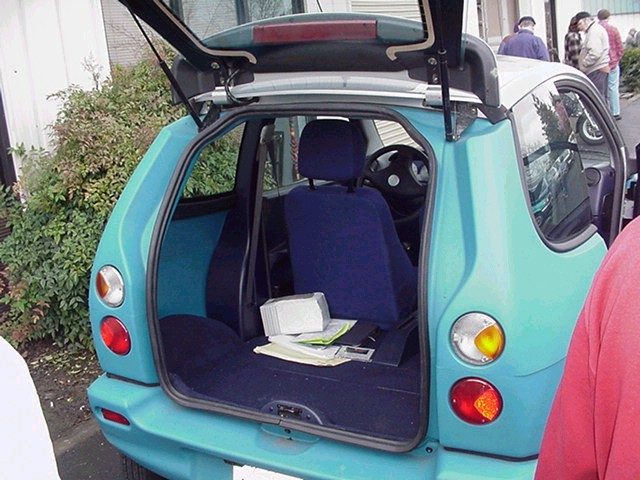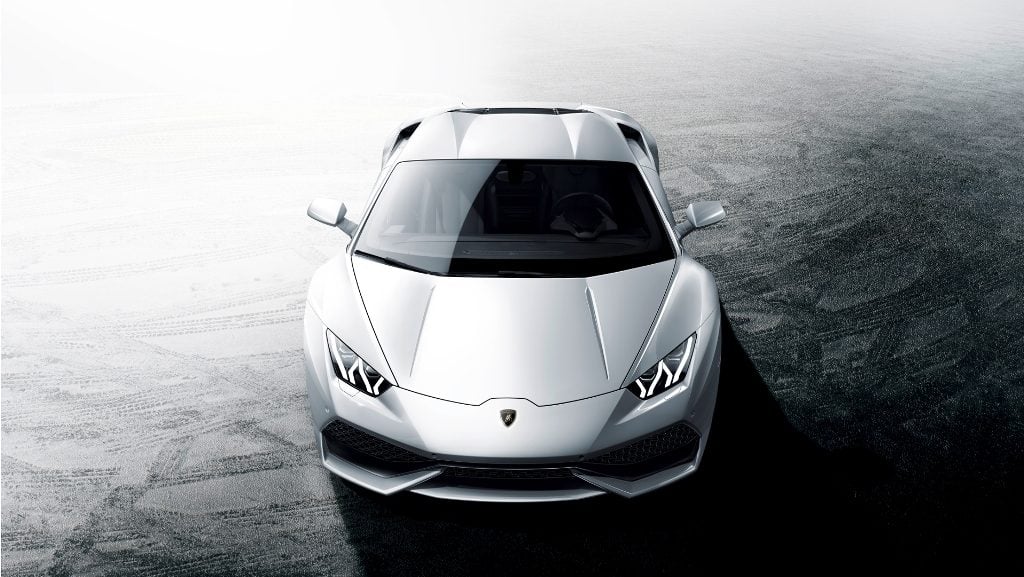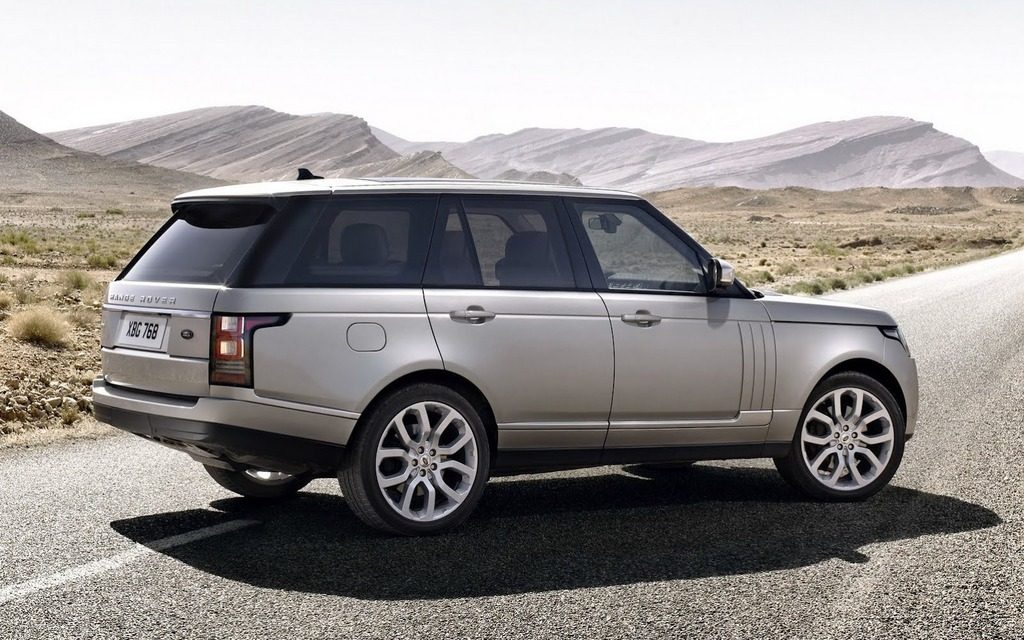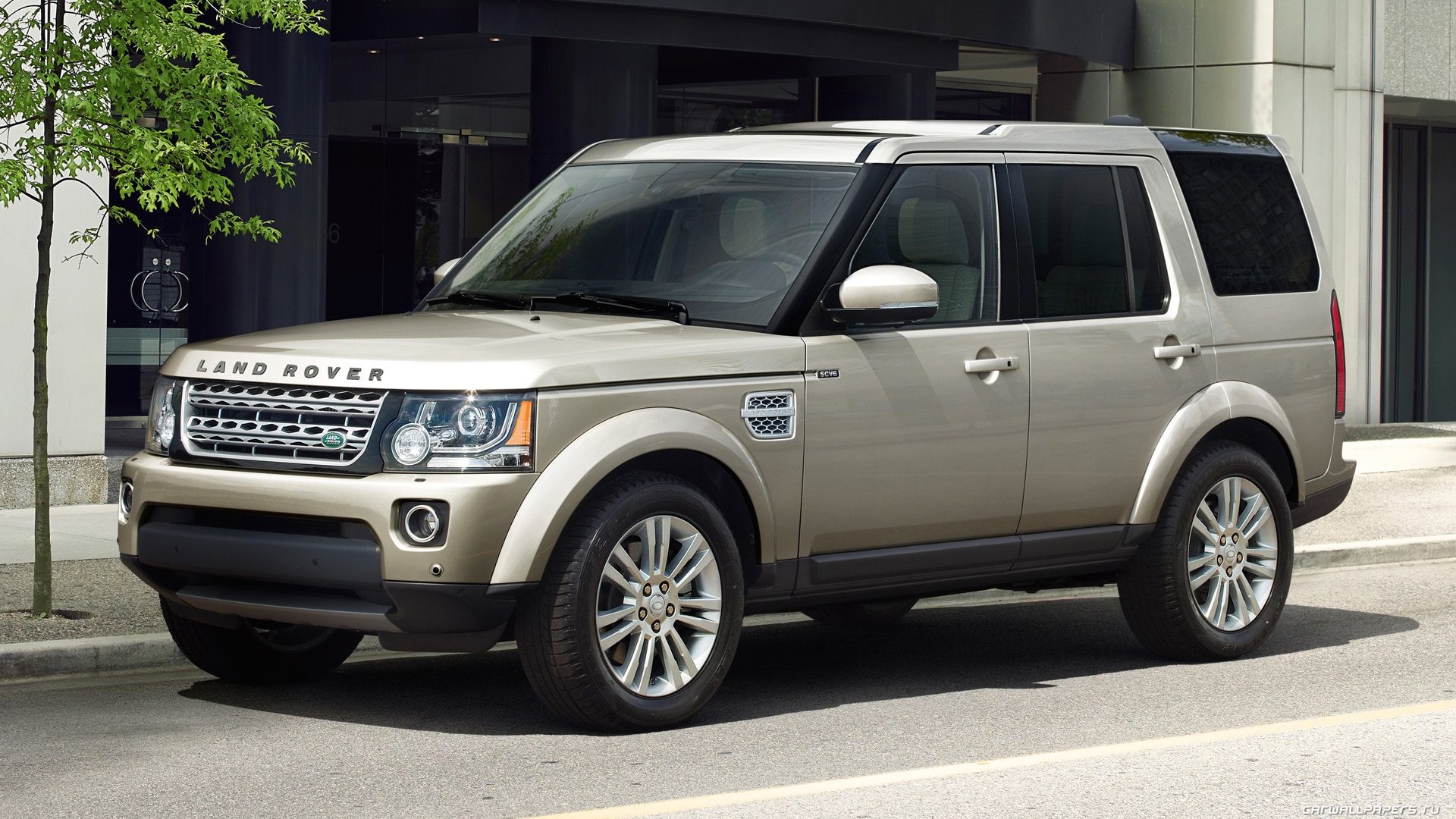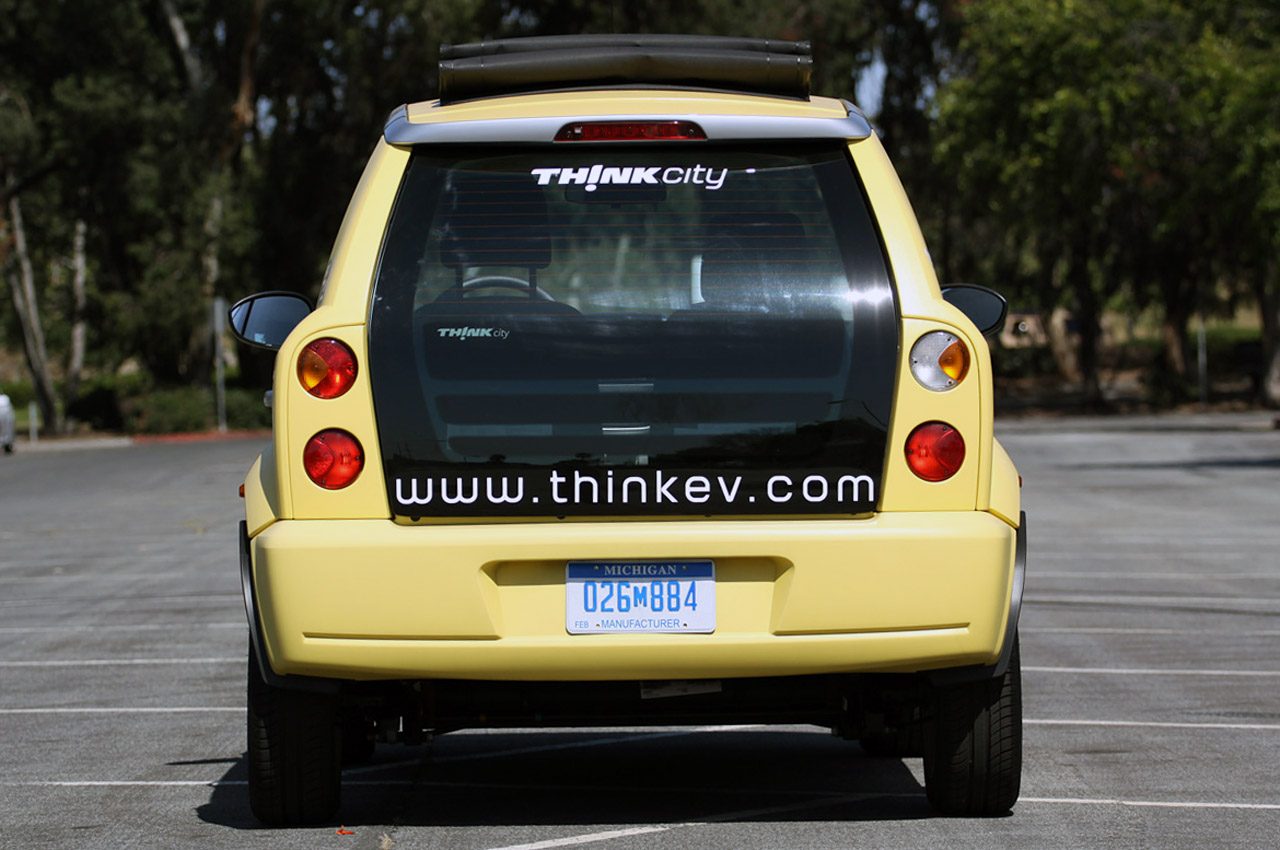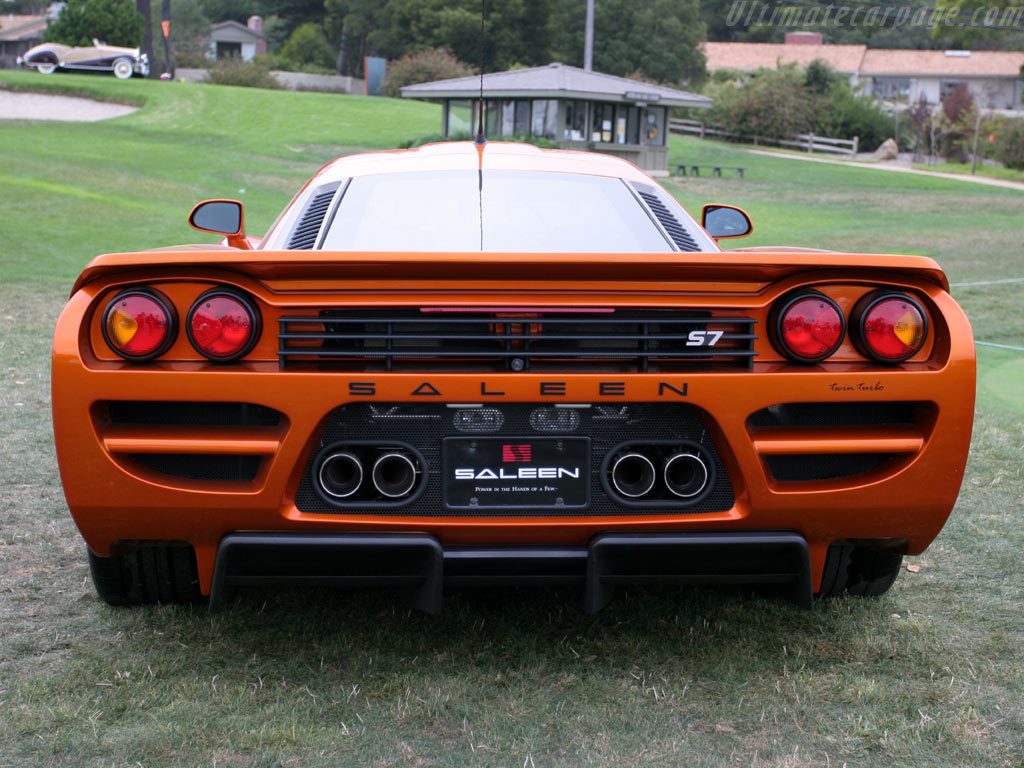@McLaren I have read your posts. The lines in the bonnet panel are there to flow with the roof lines, they have no other purpose.
Actually, they do have an engineered purpose. They're there to stiffen the bonnet panel. Without those creases, the large flat panel would be much more prone to bending and flexing, whether from setting something on top of it to the stress of closing and latching the lid to aerodynamic buffeting at speed. There are not many cars that have a truly flat panel anywhere on their body. If the panel doesn't have some sort of topography it will be structurally weak and some sort of crease will have to be added somewhere.
One of the flattest cars I can think of is the Ford Flex. While the creases in the doors do have style points - they're a bit of a retro touch - their real purpose is to stiffen the panel so it doesn't flop around like a drum.
Yes, the Range Rover also has minimal shaping to its body. The horiztonal creases through the top and bottom of the door panel not only help lower the car to the ground visually but are just enough to stiffen the panel structurally. The rear door panel also has a bulbous fender bulge which helps out.
The LR4 might have the flattest doors in the industry. But they're still fairly rigid when you press against them. You'll notice a similar fold to the Range Rover at the bottom of the door panel. But unlike the Range Rover, whose metal door panel goes up to the window and then stops, the LR4's metal panel actually wraps around the windows. You'll also notice that the windows are inset about an inch, creating a sharp and very strong fold in the metal door panel along the bottom of the windows and the back of the rear window.
Believe it or not, sometimes the styling of a car is engineered to serve a purpose that isn't aerodynamic. These days, aerodynamic engineering is subtle while most of what you actually see is very structural.
Nevertheless, the bonnet of the Huracan does serve an aerodynamic purpose as you can see from
@McLaren photo. The panel has a subtle bowl shape created by those creases which helps channel air up and over the center of the broad windshield (which has the effect of brushing air to the sides, not over the top) to meet the much more obvious bowl on the top of the rood which channels air to the center of the rear spoiler.
If my aviation-related aero learnings have anything to say about automotive applications, it's that air doesn't actually go where you think it will and getting air to flow over the
top of a car is more difficult than you'd think. There are many sports cars today which either have channels above the normal-width greenhouses (Corvette, Viper, BRZ, Ferrari coupes), greenhouses which are skinny to channel air around them (think LaFerrari, P1), or a combination of both.


